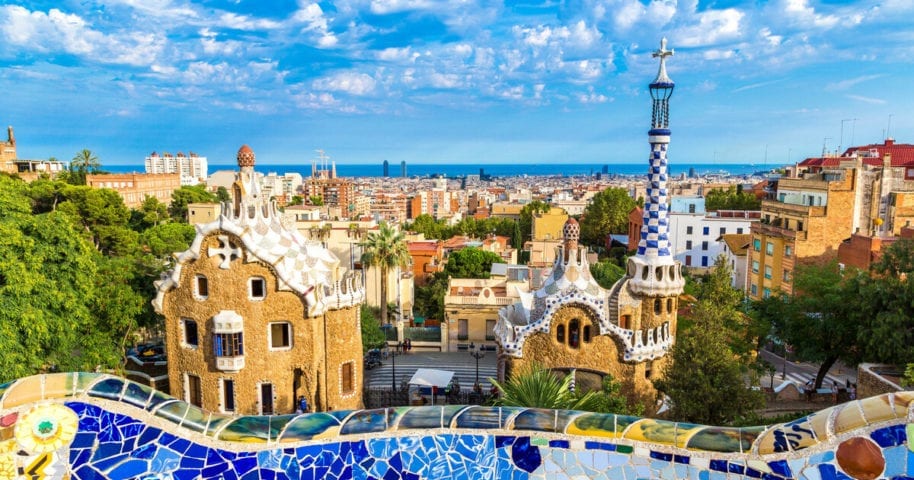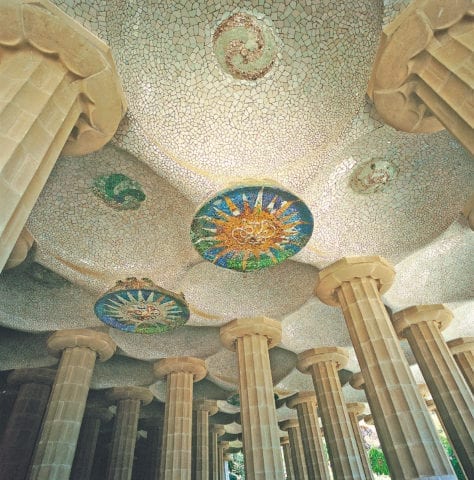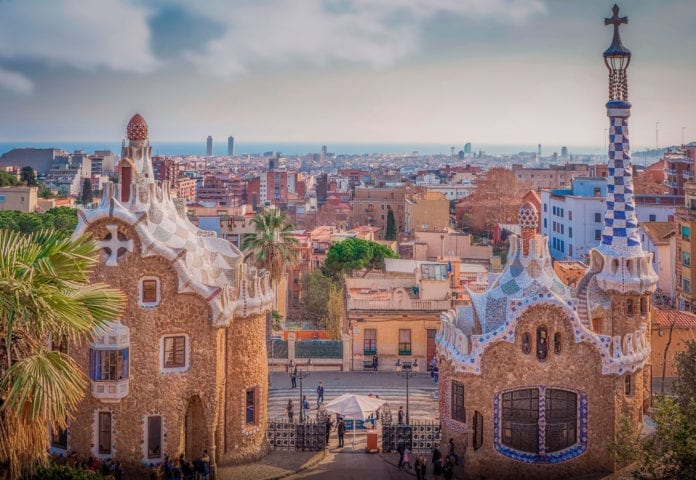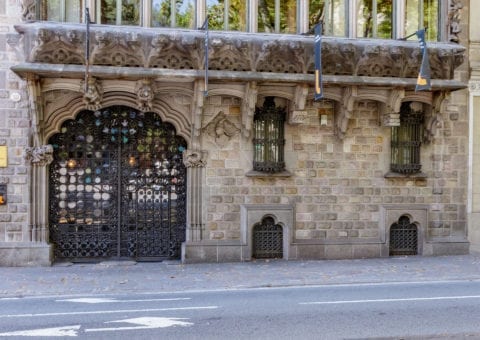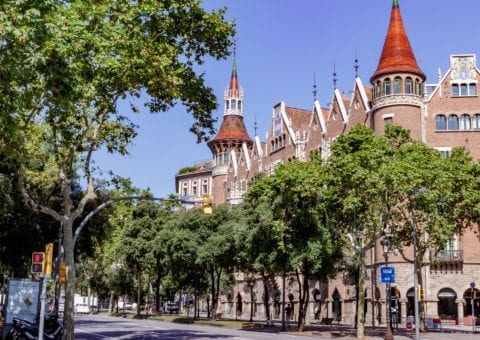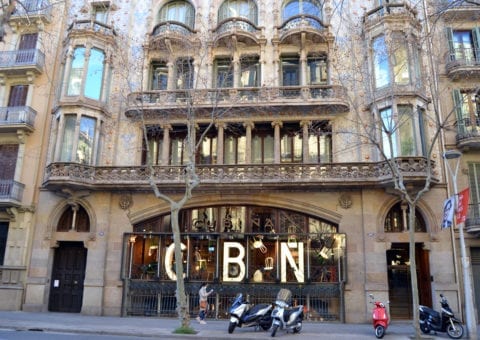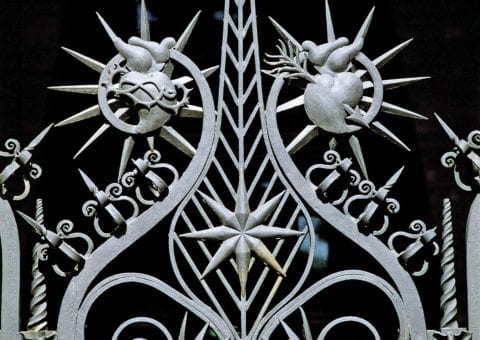Gaudí’s greatest patron was Count Eusebi Güell, who commissioned the architect with the project to create an English-style garden city on the land owned by the count in the so-called Muntanya Pelada, it was an ambitious project in which they intended to build high category, the idea failed due to the lack of public interested in establishing their residence in this part of the city, in the end only a plot was sold and two houses were built, Gaudí lived in one of them before moving to his workshop in the Sagrada Familia, currently houses the Gaudí House Museum.
It was built between 1900 and 1914, after the death of Count Güell in 1918, his heirs sold it to the Barcelona City Council, and in 1926 it was inaugurated as a public park. What would the count and Gaudí think if they saw today that this creation has become one of the most visited places in Barcelona?
Park Güell belongs to the naturalist stage of Gaudí, its architecture was first influenced by oriental art and later by neo-Gothic, in this new stage nature is its source of inspiration. The geometric and technical knowledge of him applied to the organic forms that nature suggests, lead the architect to use them among other elements in; columns, vaults, arches or tiles with the Trencadís technique.
The entrance is flanked by two cylindrical towers and just crossing it we find the pavilions of a hundred percent Gaudinian seal, a few steps further on we are presented with the double staircase in which a space with water games opens, in which there are three fountains, the protagonist being the figure of the dragon covered in mosaics that has become an icon of the park. The stairs will lead us to the Hipólita room or the One Hundred Columns room, where the market of the projected and unsuccessful urbanization had to be located. This room serves as a support for the large upper terrace of 40 meters wide by 85 meters long. The terrace or square is the main element of the park and is surrounded by a huge and undulating bench formed by pieces of; bottle glass, glazed ceramics and mosaics with the technique known as trencadís. The bench stretches around the square like a sleeping snake over Barcelona, which seems to come to life when the last rays of the sun are reflected.
… Sit back and enjoy magnificent views of the park and the city.
The Park is a World Heritage Site in 1984
People with reduced mobility:
The architectural characteristics of the park make access to some areas difficult, there is an adapted route for visitors with mobility problems.
Ticket purchase:
Given the large influx of visitors and to avoid waiting, we recommend buying tickets in advance and making a reservation for access time.
